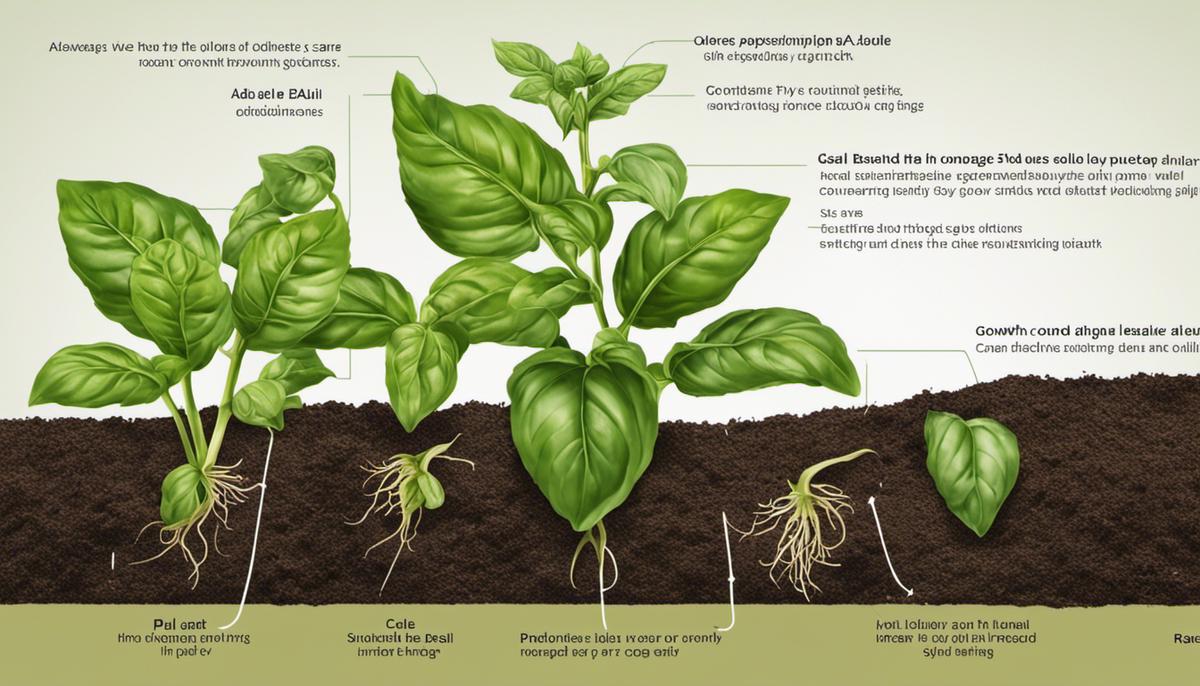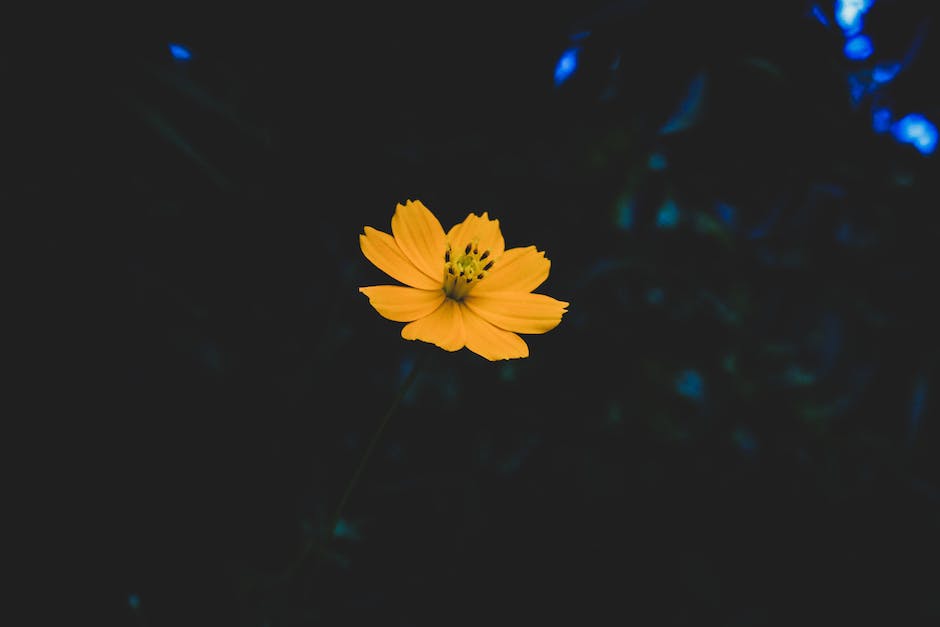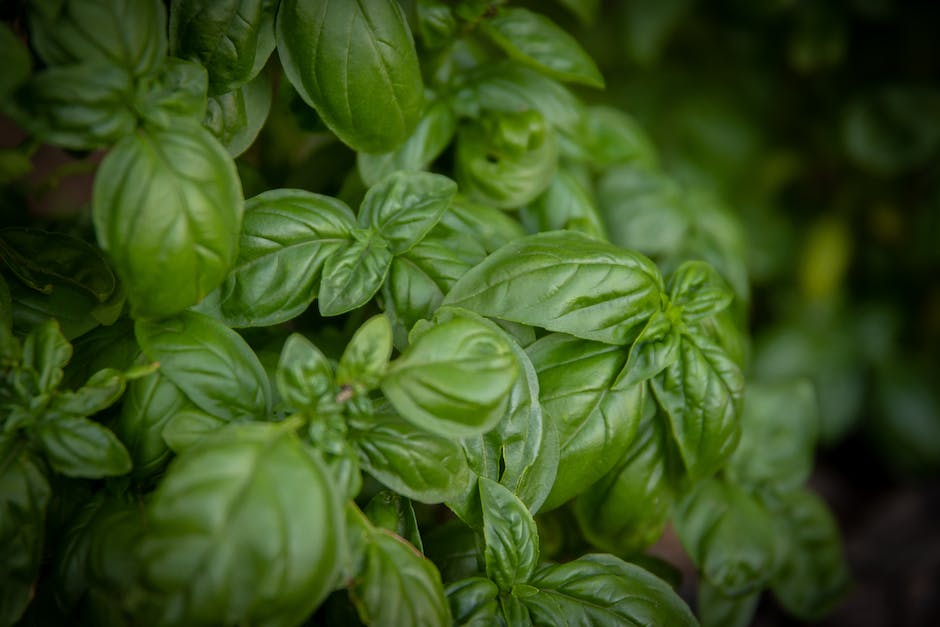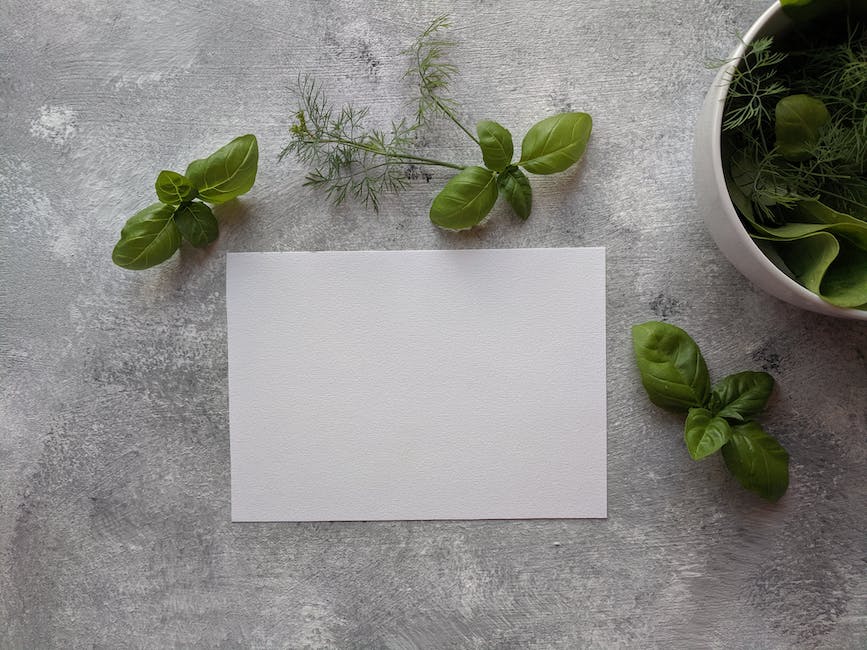Harvesting Basil: Techniques & Tips

The mere mention of basil awakens the senses to the elixir of mouthwatering delicacies that this amazing herb blesses. Any cook or culinary enthusiast can attest to the burst of flavor that this remarkable plant brings to the table. But getting the most out of your basil plants is an art. The goodness of your basil depends on when and how you choose to pick its leaves, ensuring the plant remains healthy for continued growth. This discussion provides insight into understanding basil plants, picking the leaves, and sustainable harvesting techniques to ensure you get the most out of your basil garden.
Understanding Basil Plants
Title: The Unmistakable Persona of a Basil Plant: A Deep Dive into its Key Characteristics
Every seasoned herb enthusiast can attest that there’s something truly magical about the basil plant. The mere mention of basil conjures up delightful thoughts of glowing summer gardens, homemade pesto sauce, and the mesmerizing scent that is hard to resist. Yes, beloved basil isn’t just about the palate. Its robust personality, revealed through its several impressive characteristics, will leave an indelible footprint in every horticulturist’s heart.
First and foremost, let’s talk about appearances because that exceptionally distinguished look of basil is worth recognizing straight off the bat. The plant brandishes lush, tender, bright green leaves notable for their oval shape and smooth texture. These striking leaves generally range anywhere from 1 to 4 inches depending on the size and health of the plant. Coupled with their tendency to align in opposite pairs along the square-like stem, gotta admit, basil knows how to dress to impress.
Now, take a moment to appreciate basil’s height, the plant typically standing proud from 12 to 24 inches. From a distance, the plant has a cone-shaped profile and tends to be bushy because of the dense clusters of leaves. And let’s not leave out basil’s flowering nature, which heralds stunning, delicate blooms of white or purple, giving the plant a fascinating colorful flair.
Next, let’s delve into the emotional side: basil’s fragrance. Distinctive and strong, it’s a vibrant blend of sweet, peppery, and mildly minty notes that have the power to transport one to an Italian countryside in an instant. The extraordinary and intense scent is one of basil’s defining attributes, making it impossible to miss in any herb garden.
Now, onto a characteristic that truly makes basil a gem among culinary plants: flavor. It has a unique taste profile – sweet yet savory, with a subtle hint of spiciness, characteristically described as peppery. It’s a flavor profile famed and heralded worldwide, a secret weapon in the culinary world, and an essential addition to Mediterranean cuisine.
Temperature sensitivity is another discerning feature of this sun-lover. Basil is not a plant that bears the cold well; instead, it thrives in warm conditions. It prefers full sunlight (6 to 8 hours per day) and well-drained soil, making it a must-have for any summer garden.
And last but definitely not least, let’s acknowledge the remarkable adaptability of the basil plant. From rooftops to pots on windowsills, and from suburban gardens to urban balconies, you’ll find basil making itself at home everywhere it’s invited.
Every characteristic of the basil plant, from its scent to its flavor, from its appearance to its growth behaviors, contributes to its undeniable charm and persona. It’s more than just a plant; it’s a lively character ready to burst into your world, adding a touch of nature’s magic to your daily life. So, roll up the sleeves and get your green thumbs in action. Basil’s waiting. Oh, and don’t forget – it’ll make an impressive pot of homemade pesto!

Picking the Basil Leaves
Lowering Your Landing Gear: Picking Basil Leaves The Right Way
Imagine padding softly through the early morning dew to the edge of a sun-saturated garden, the soft rustle of lush foliage ushering in another glorious day. There, standing proudly at a petite height of about 12 to 24 inches, is the basil plant. The distinctive and enchanting aroma envelops you, a blend of sweet, peppery, and mildly minty notes that truly popup the senses.
Now, as your hand hovers above those bright green parcels of flavor, you might find yourself hesitant. After all, this beautiful plant, thriving in the warm attention of the sun, is more than just a gustatory boon. It also contributes to the aesthetic appeal of your garden, its cone-shaped profile graced with clusters of leaves, a very picture of verdant beauty. You, naturally, are reluctant to mar this spectacle. But worry not! You can pick the leaves in a way that the plant continues to flourish, and the shape remains intact.
Your successful leaf harvesting journey begins with selecting the right leaves. It’s essential to go for the larger, mature leaves, usually located at the bottom half of the plant. The choice is not just based on size, but maturity also plays a key. Matured leaves are packed with more flavor, enhancing your culinary creations.
Your next step is the actual chore of picking off the leaves. Use your thumb and forefinger to pinch the stem just above a leaf pair. By doing this, you’re ensuring that the plant continues to branch out and proliferate, a task only possible from these node points. Your gentle but firm grip leaves the plant healthy and productive, encouraging unhindered growth.
Remember, caring for the plant also means occasionally picking off the flowers. We’ve all admired those pretty purple or white blooms, but flowering triggers the end of the basil plant’s lifecycle. By keeping an eye on these blossoms and promptly pinching them off, you’re helping the plant redirect nourishment to the leaves.
Finally, don’t shy away from regular harvesting. While it might seem counterintuitive, basil plants benefit from constant leaf picking. This seemingly disruptive action actually encourages the plant to branch out more, resulting in an even higher yield of leaves over time.
And that’s it- the art of harvesting basil leaves! With this approach, picking those sun-soaked leaves becomes less of a daunting task and more of a rewarding experience. Plus, the verdant splendor of your garden continues to rise and rise, rivaled only by the ever-enhancing flavors on your kitchen table. So, go on and harness the power of the basil leaf today!

Sustainable Harvesting
Deciding which leaves to gather from your lush, bushy basil plant is hardly as simple as plucking any that catch your eye. A secret to a healthy, long-lasting basil plant is selecting the right ones. Harvesting basil leaves, much like other herb plants, should be done with meticulous care. Delighted to share with you, fellow grower, this skill-packed guide brimming with the best hacks to basil leaf harvesting, all to ensure that your plant carries on flourishing.
Commence your harvesting journey from the top of the basil plant. Focus on the greater leaves. These mature leaves harbor the intense flavors we seek, an aromatic joy for the palate. By choosing these, you let the younger, inner leaves receive more sunlight, accelerating their growth and aiding the plant’s overall progress.
As for the technique you employ when picking those leaves, keep gentleness at the forefront. The basil’s leaves and stems are tender, prone to bruising if handled harshly. The best approach is to cut or pinch the stem just above a pair of leaves. Trust in this strategy, and watch how new growth splits from the site, causing your plant to become bushier and more bountiful.
Once you spot beautiful yet intricate clusters of flowers at the top of your basil plant, swiftly remove them. It might seem counterintuitive to cast away these vibrant blossoms. Nonetheless, every hobbyist gardener knows all too well that, in the lifespan of a basil plant, flowering marks the onset of the end. The appearance of flowers means the plant is entering the seeding stage, deemphasizing leaf production. By nipping the flowers in the bud, you slow the seeding process, ensuring the plant’s energies focus on producing those flavor packed leaves.
Consistency is pivotal in the sustainable harvesting of basil leaves. Make it a routine to trim from your plant, even when you don’t currently require the leaves for any dishes. Regular harvesting energizes the plant, promoting lush growth and dense leafage, thus providing you with a steady supply of fresh basil. Should you have more than your immediate need, fret not! The excess can be dried or frozen for later use.
Embrace these insightful tips to your gardening routine, weave them into your interaction with your basil plant. The outcome will be a thriving, leafy basil plant promising an endless supply of this delightful herb. Equipped with these techniques, you’re set to enjoy the rich, savory-peppery flavor of fresh basil, harvested straight from your own mini-greenhouse. The journey to sustainable basil leaf harvesting has never seemed more straightforward or more exciting!

On the whole, harvesting basil is more than just plucking leaves off a plant, it is a strategic activity that aims at maximizing output while maintaining the health of the plant. With a keen understanding of basil plants, the meticulous selection process, and diligent application of sustainable harvesting techniques, one can ensure a vibrant basil garden and an endless supply of this essential culinary herb. Remember, the trick lies in picking larger, older leaves first and leaving the younger ones to continue the photosynthesis process, this way, you ensure constant growth, a healthier plant, and multiple harvests.



